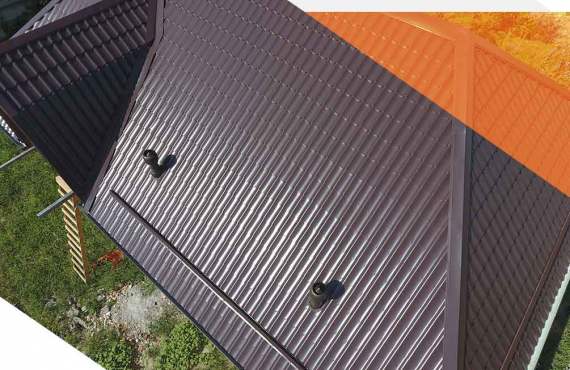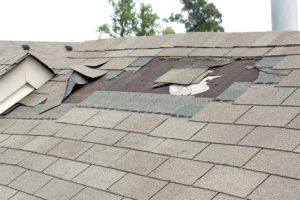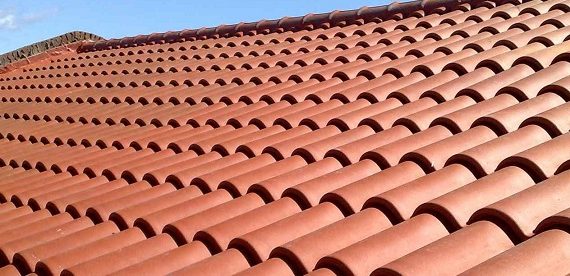A Quick Guide to Roof Ventilation in Your Attic
Long-Term Roof Performance Relies On Proper Ventilation Techniques
Why is roof ventilation important?
Roof ventilation is a significant part of the maintenance program for your home. Lack of adequate ventilation can lead to a series of problems as benign as a pervasive musty smell in your home to more major like voiding the manufacturer’s warranty on your asphalt shingles when there is damage to your roof. In addition to damaging the roof from the inside out, poor attic ventilation can compromise your attics insulation, radiant barrier spray, and radiant barrier foil.
Proper ventilation is not only recommended but required by most building codes and the National Roofing Contractors Association (NRCA) has set for the guideline of a 1/150 ratio for ventilation space to attic floor space. The winter and summer seasons can be equally important to ensure the continuous movement of air in your home. Reducing air conditioner usage in the summer and removing warm moist air generated by showers, cooking vents, and laundry vents in the winter. You can impact the long-term performance of your roof and roofing materials as well as the air quality in your home by investing in roof ventilation.
How do I figure out my home’s ventilation requirements?
A professional roof contractor can be called to examine your current situation and give you an assessment of your needs. You can also do some basic math to figure out how energy efficient your current aeration is. We highly recommend using an online ventilation calculation like that on GAF’s website (https://www.gaf.com/Roofing/Residential/Products/Roof_Vents/Ventilation_Calculator). The calculator allows you to plug in your home’s dimensions and will determine the amount of ventilation based on the VA/FHA Guidelines. The basic formula is to know your ventilation requirements and subtracting the current ventilation output to see if there is a difference and a need to upgrade or replace your system.
What are some ventilation techniques and products?
There are many roof vent products on the market and careful comparison is required to find the right solution that fits your needs. Below are some common options to consider but are not the only methods available. Consulting with a certified roofer may be the best in selecting the right technique to optimizing your home’s ventilation.
- Solar Vents – are in-demand ventilation products in sunny states like Texas and California because they run on sunlight instead of electricity. They do not create waste or pollution, work year round, preserve the structure of your home and are resistant to wind and hail impact.
- Power Vents – are systems that draw the air out of the attic space and exhaust it to the exterior using electricity powered fans. These fans are controlled by a thermostat or manual switch to detect the build-up of heat in the attic space.
- Ridge Vents – are ventilation strips that are secured along the ridge line of your house. The structure of the home is slightly altered to include installing roof decking on both sides of the ridge line. Framing and parts of the home should be avoided to make sure optimal air flow is achieved.
- Soffit Vents – allow convective air movement through the soffit areas of the home to the ridge vents. These vents should be checked to make sure the points of entry and points of exit for air flow are not obstructed.
- Gable Vents – are installed at the gable ends of your home. They are louvered style vents that allow air flow out of the attic space but stop moisture and air flow back into the home.
The result of a well-maintained roof ventilation system is year round comfort in your home. Energy consumption is noticeably reduced and the life of your HVAC unit is extended throughout the year meaning you will keep more money in your pockets. Do not make the common mistake of sealing off your attic space to outside air and forgetting about it. Invest in the appropriate roof ventilation system for your needs and budget.
The post A Quick Guide to Roof Ventilation in Your Attic appeared first on Texas Certified Roofing.
Source: Texas Certified














No comments yet.